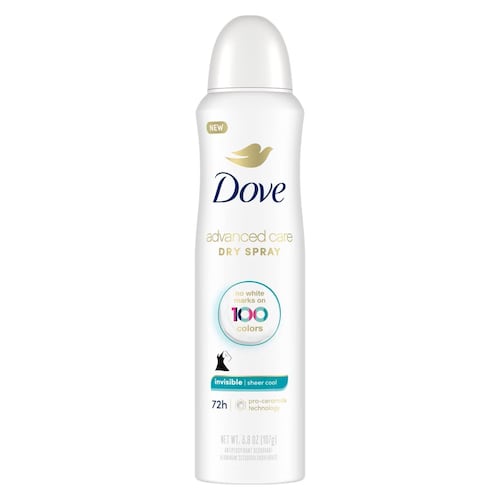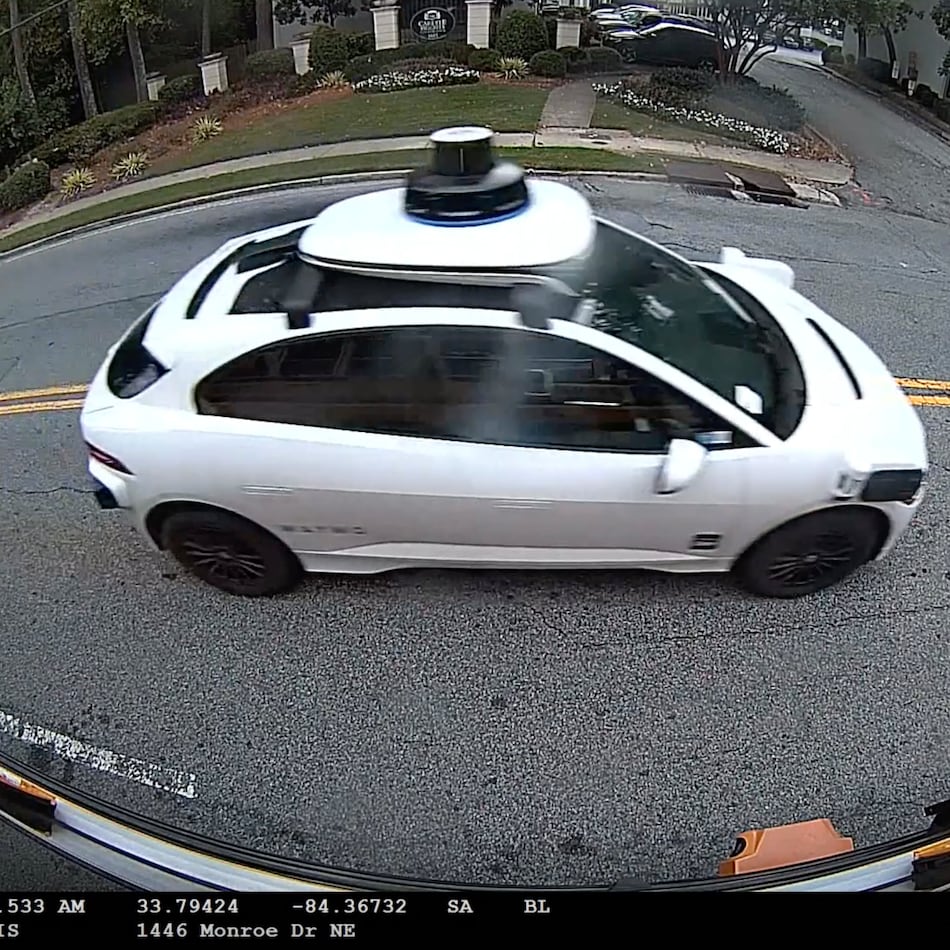Stanleys have taken over as the latest must-have drink accessory. With videos circulating on social media of people stealing and fighting over the tumblers and waiting in long lines at Target, the thermal cup has become a must-have for teenagers.
“Every day when I get into school at like 7:45 a.m., everybody comes over to me like, ‘Oh my God, I like your Stanley!’ or ‘It’s so cool, I want a Stanley just like yours!’” Dahlia, a 13-year-old middle-schooler in Dallas, told The Cut. “It makes me feel like I’m famous and being swarmed by paparazzi.”
According to CNBC, the Stanley brand has shifted from marketing to men to women and has seen an increase of nearly $750 million within the past years.
Now, moms have taken to TikTok to share how their children are being bullied for not having the latest trend.
“This is the cup that we got our daughter for Christmas,” Dayna Motycka of Ohio said in a TikTok video with more than 3 million views. “This is not a Stanley it’s a $9.98 Walmart cup that she said she thought was cute, she is 9 years old.”
While her daughter loved her dupe, she was upset the second day back from school because the other girls got a Stanley cup and hers was “fake and not cool.”
To wrap her video, Motycka had a message for parents.
“This starts with us,” she said. “What are we teaching our kids?” She said if the roles were reversed, her daughter would have to write a note and apologize in person.
While some might think it’s just a mug, it’s proved to be a staple of acceptance and can make or break your social status.
“I wouldn’t say any of them are actually my friends,” Dahlia said. “They only talk to me in the morning when I’m holding my Stanley.”
The reason for the cups being so popular is simple, according to marketing professionals. FOMO, or the fear of missing out, plays a key role in consumers needing an item that’s labeled limited edition or exclusive.
“You label something as limited and somehow it can increase its stock or value,” Josh Clarkson, a consumer psychologist and marketing professor at the University of Cincinnati Carl H. Lindner College of Business, said to USA Today. “It’s this idea that we like what we can’t have, and we don’t like to have our options limited.”
About the Author
The Latest
Featured


